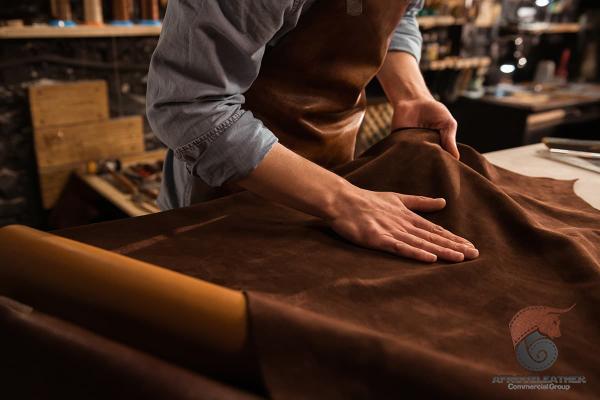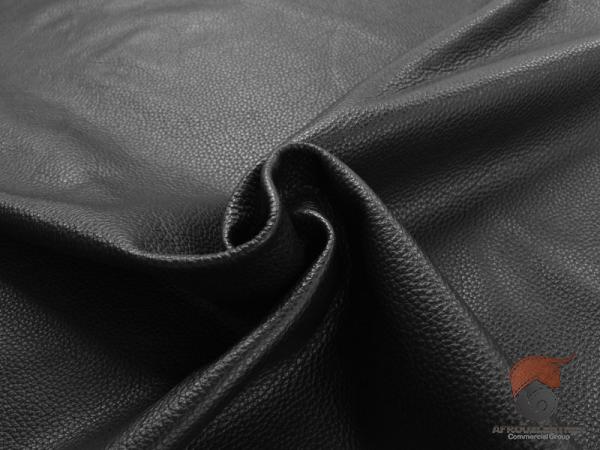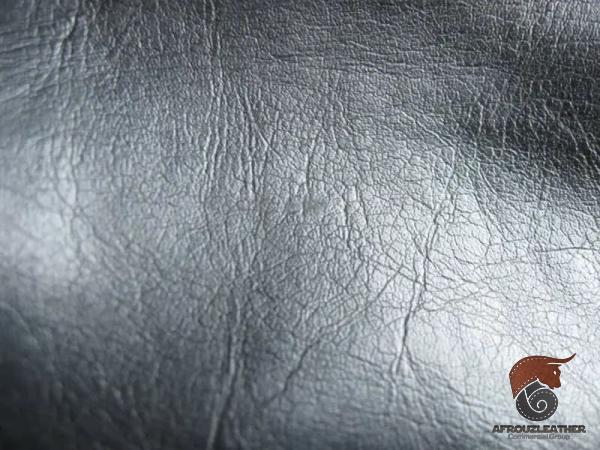Leather has been used for centuries in various industries due to its durability, versatility, and timeless appeal. However, with the emergence of patent leather, a glossy and highly polished alternative, consumers often find themselves contemplating the choice between the two. This article aims to provide a comprehensive comparison between patent leather and traditional leather, highlighting their characteristics, applications, maintenance, sustainability, and overall value. 1. Characteristics: Leather: Traditional leather is a natural material obtained by tanning animal hides, most commonly from cows. It is known for its suppleness, strength, and natural variations in texture and color. Depending on the animal source, leather can range from thin and pliable to thick and robust, thus offering versatility for different products and designs. Patent Leather: Patent leather, on the other hand, is coated with a high-gloss finish, usually made from polyurethane or a similar synthetic material. This coating gives patent leather its distinctive shine, making it appear more vibrant and eye-catching compared to regular leather.
leather
 It possesses a smooth texture with no visible pores or creases. 2. Applications and Uses: Leather: Leather has a wide range of applications, making it a popular material across industries. It is commonly used in the production of footwear, fashion accessories like bags and belts, furniture, automotive interiors, and even in the creation of luxury items such as wallets and watches. Its natural properties, such as breathability and durability, make it an excellent choice for everyday use. Patent Leather: Patent leather, due to its glossy appearance, is often associated with more formal or fashion-forward items. It is commonly used in the production of dress shoes, handbags, wallets, and small fashion accessories like gloves and headbands. Its sheen and reflective qualities can lend an element of glamour to any outfit or accessory. 3. Maintenance and Durability: Leather: Traditional leather requires regular care and maintenance to retain its quality and extend its lifespan. It is prone to drying out, cracking, and fading if not properly cared for. To maintain leather products, regular cleaning, conditioning, and protection from moisture are essential.
It possesses a smooth texture with no visible pores or creases. 2. Applications and Uses: Leather: Leather has a wide range of applications, making it a popular material across industries. It is commonly used in the production of footwear, fashion accessories like bags and belts, furniture, automotive interiors, and even in the creation of luxury items such as wallets and watches. Its natural properties, such as breathability and durability, make it an excellent choice for everyday use. Patent Leather: Patent leather, due to its glossy appearance, is often associated with more formal or fashion-forward items. It is commonly used in the production of dress shoes, handbags, wallets, and small fashion accessories like gloves and headbands. Its sheen and reflective qualities can lend an element of glamour to any outfit or accessory. 3. Maintenance and Durability: Leather: Traditional leather requires regular care and maintenance to retain its quality and extend its lifespan. It is prone to drying out, cracking, and fading if not properly cared for. To maintain leather products, regular cleaning, conditioning, and protection from moisture are essential.
Specifications of leather
 Leather is generally durable and can withstand daily wear and tear, but its lifespan may vary depending on the quality of the leather and the frequency of use. Patent Leather: Patent leather, being a synthetic material, requires less maintenance compared to traditional leather. Its glossy surface is resistant to stains and scuffs, making it relatively easy to clean. However, the glossy finish can be prone to scratching over time, which may affect its appearance. Patented leather’s durability is generally higher than regular leather but may vary depending on the quality of the coating. 4. Sustainability and Environmental Impact: Leather: Traditional leather is sourced from animals, primarily cows, raised for meat production. The leather industry is often criticized for its environmental impact, as it requires large amounts of water, energy, and chemicals for tanning and finishing processes. Furthermore, the raising of livestock raises concerns about deforestation and greenhouse gas emissions. However, it is worth noting that ethical and sustainable practices are being implemented by some leather producers to mitigate these concerns. Patent Leather: Patent leather, being a synthetic material, does not directly contribute to animal cruelty concerns as it does not utilize animal hides. However, the manufacturing of synthetic materials involves the use of petrochemicals and the production of greenhouse gas emissions. The disposal of polyurethane-based patent leather also presents challenges, as it is not biodegradable.
Leather is generally durable and can withstand daily wear and tear, but its lifespan may vary depending on the quality of the leather and the frequency of use. Patent Leather: Patent leather, being a synthetic material, requires less maintenance compared to traditional leather. Its glossy surface is resistant to stains and scuffs, making it relatively easy to clean. However, the glossy finish can be prone to scratching over time, which may affect its appearance. Patented leather’s durability is generally higher than regular leather but may vary depending on the quality of the coating. 4. Sustainability and Environmental Impact: Leather: Traditional leather is sourced from animals, primarily cows, raised for meat production. The leather industry is often criticized for its environmental impact, as it requires large amounts of water, energy, and chemicals for tanning and finishing processes. Furthermore, the raising of livestock raises concerns about deforestation and greenhouse gas emissions. However, it is worth noting that ethical and sustainable practices are being implemented by some leather producers to mitigate these concerns. Patent Leather: Patent leather, being a synthetic material, does not directly contribute to animal cruelty concerns as it does not utilize animal hides. However, the manufacturing of synthetic materials involves the use of petrochemicals and the production of greenhouse gas emissions. The disposal of polyurethane-based patent leather also presents challenges, as it is not biodegradable.
buy leather
 5. Value and Price: Leather: Traditional leather is often considered a luxury material, valued for its durability, aesthetic appeal, and craftsmanship. Due to the meticulous tanning and manufacturing processes involved, genuine leather products are generally more expensive compared to synthetic alternatives. However, the cost can vary greatly depending on factors such as the quality, brand, and rarity of the leather source. Patent Leather: Patent leather, although not as expensive as genuine leather, can still be priced higher compared to some synthetic alternatives due to its unique finish and the added manufacturing processes involved. However, its price generally remains more affordable compared to high-quality, genuine leather products. Conclusion: When deciding between patent leather and traditional leather, it is important to consider factors such as intended use, aesthetic preferences, durability requirements, and environmental impact. Traditional leather offers natural variations, durability, and timeless appeal, while patent leather provides a glossy, eye-catching finish suitable for more formal or fashion-forward items. Ultimately, the choice depends on individual preferences, ethical considerations, and the specific requirements of the intended product or accessory.
5. Value and Price: Leather: Traditional leather is often considered a luxury material, valued for its durability, aesthetic appeal, and craftsmanship. Due to the meticulous tanning and manufacturing processes involved, genuine leather products are generally more expensive compared to synthetic alternatives. However, the cost can vary greatly depending on factors such as the quality, brand, and rarity of the leather source. Patent Leather: Patent leather, although not as expensive as genuine leather, can still be priced higher compared to some synthetic alternatives due to its unique finish and the added manufacturing processes involved. However, its price generally remains more affordable compared to high-quality, genuine leather products. Conclusion: When deciding between patent leather and traditional leather, it is important to consider factors such as intended use, aesthetic preferences, durability requirements, and environmental impact. Traditional leather offers natural variations, durability, and timeless appeal, while patent leather provides a glossy, eye-catching finish suitable for more formal or fashion-forward items. Ultimately, the choice depends on individual preferences, ethical considerations, and the specific requirements of the intended product or accessory.

Your comment submitted.